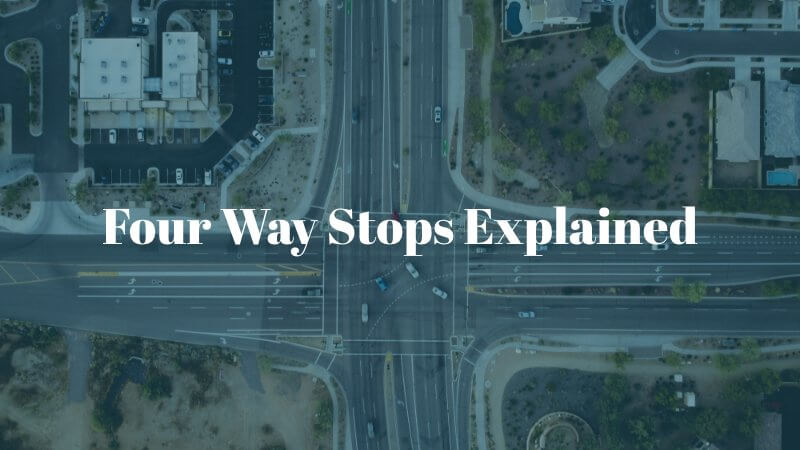Despite it being a required lesson in traffic schools and driver education tests, it seems there are always drivers at four-way stops who do not know the rules or who abandon the rules. Some drivers disregard the law to get ahead of traffic, some are overly polite and wave others through when it isn’t their turn, and some wave others ahead because they’re extra cautious and fear an accident in the intersection. Regardless of the reason, more accidents occur in four-way stops because of those who ignore or don’t know the proper way to proceed through an intersection that lacks a signal light. According to analysis, around 700,000 car accidents occur at stop signs in intersections or about 70 percent of all car crashes. If you’re involved in a car accident at a four-way stop in Southern California, it’s essential to seek legal counsel from an experienced Encino car accident attorney to understand your rights and options.

Some intersections are guided intersections with a traffic signal directing traffic. However, a four-way stop is a four-way intersection where each of the four intersecting roads has a stop sign before the intersection. Also known as an all-way stop, a four-way stop requires all motorists approaching the intersection to come to a full stop at the stop sign and then proceed through the intersection when it’s their turn. A driver has the responsibility to know when it is their turn to cross the intersection.
Drivers approaching an unguided intersection have a duty to know the rules of right-of-way and to adhere to them. Below are the rules for proceeding through an intersection at a four-way stop:
It may seem like there are a lot of rules to remember, but ideally, this becomes second nature to frequent drivers. Unfortunately, it’s very common to encounter drivers who disregard the rules and cause confusion at four-way stops.